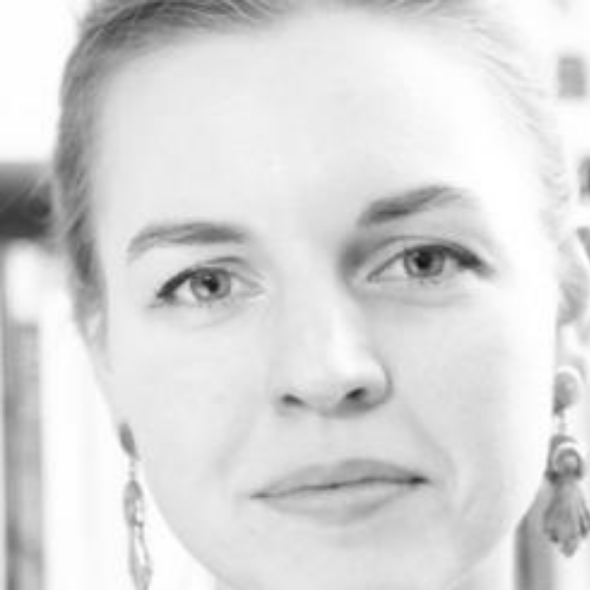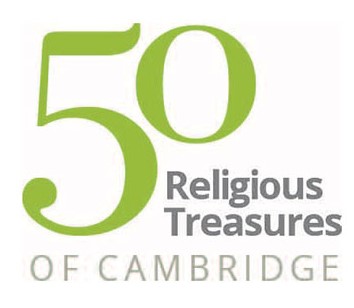Challenge your understanding of what it means to be part for nature with Dr Simone Kotva.
Meet your lecturer
Simone Kotva’s work weaves together three disciplinary threads: philosophy, theology and ecology. She is interested in the different ways in which people throughout history have engaged with the more-than-human world through beliefs, practices and ways of life. She has organised conferences on ecology and magic, exploring some of the themes mentioned in this video.
Simone is from Sweden and her family originally hails from the arctic regions of Scandinavia. She moved to Cambridge as an undergraduate to study Theology and Religious Studies at Emmanuel College and stayed on to do an MPhil and PhD. After completing her PhD she worked at the University of Gothenburg before becoming a Research Fellow at Emmanuel College. Simone is now part of an environmental humanities project at the University of Oslo and an Affiliated Lecturer at the Faculty of Divinity, where she teaches a course on religion and the environment called "Theology in the Anthropocene." She is currently editing a book on “Magic and Ecology: Spellwork for a Damaged Planet”.
Explore further
This 18th-19th century Sámi divination drum can be found in the Museum of Archaeology & Anthropology in Cambridge. There are no Christian symbols on this drum, suggesting that this drum was made before missionary expansion into Sápmi during which time a large number of drums were confiscated by missionaries.
This modern Sámi drum, also in the Museum of Archaeology & Anthropology in Cambridge, is made on reindeer skin. The artist wanted to highlight current issues regarding the land, hunting and winter tourism in Sweden, and to tell a story of his own living environment. You can read more about what the artist has to say about his drum by following the link.
This painting of a Gate in the Heart of Love is one of the 50 Religious Treasures of Cambridge, and was inspired by Shamanism. Sámi drums were often used to aid transcendence, which means to enter into a trance to experience a different ‘spiritual’ realm. In this painting, the artist attempts to use colour, rather than sound, to experience of a different level of consciousness.
Consider some questions
What might the ways of the indigenous Sámi teach us about our relationship with nature?
What is the distinction between nature and culture? Does nature or culture better constitute humanity?
How does creating a cognitive map of your environment influence the way you might live within your environment?
Why might the early Christian missionaries to the Sámi people have wanted to confiscate their ritual drums?
The Sámi beliefs are considered a form of animism. What other religions believe in animism?
Guidance for teachers
Download the video transcript



